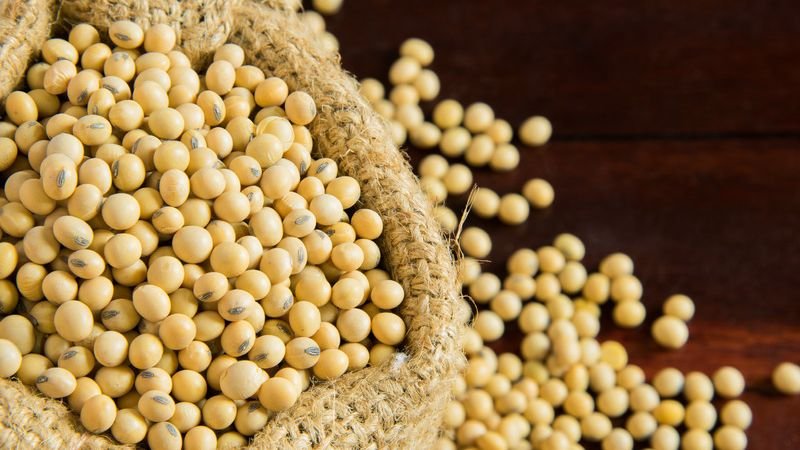Thursday, 7 August 2025

Maharashtra is expecting a reduction of around two lakh hectares in soybean cultivation this year, largely due to farmer dissatisfaction stemming from poor returns last season and unfavorable government policies. As a result, many growers are likely to shift to alternative crops that promise better prospects. Despite the anticipated decline, the state’s agriculture department has assured that there will be sufficient availability of seeds and fertilizers. The government has set ambitious targets for food grain and oilseed production and has implemented strict quality control measures to ensure the distribution of high-quality seeds
Maharashtra is likely to see a significant drop in soybean cultivation this kharif season, with officials estimating a reduction of around two lakh hectares compared to last year. According to the state agriculture department, the cultivated area is expected to fall from 52 lakh hectares in 2024 to approximately 50 lakh hectares this year.
The decline follows widespread dissatisfaction among farmers over last season’s poor market returns, delayed government procurement, and adverse weather conditions. Despite being regarded as a reliable cash crop, soybean has become less attractive due to volatile prices and limited government intervention, say farmers and agricultural leaders.
“Last year, soybean fetched between Rs 3,900 and Rs 4,400 per quintal, while the Union government had announced a Minimum Support Price (MSP) of Rs 4,892. The government can’t procure the entire harvest, and traders take advantage of that,” said Shrinivas Kadlag, a farmer from Ahilyanagar. He added that many farmers are now opting for alternative crops due to low earnings and market instability.
Industry leaders have also pointed to policy decisions—particularly the Union government’s approval to import soybean cake for poultry feed—as a major disruptor of domestic prices. “What sugarcane is to western Maharashtra, soybean is to Marathwada. Inconsistent policies on imports of soybean and its byproducts have led to sharp price fluctuations, leaving farmers at a disadvantage,” said Manik Kadam, a leader of the Swabhimani Shetkari Sanghatana.
The agriculture department acknowledged these concerns but reassured that essential inputs are being made available in ample quantities. This year, the state requires 13.25 lakh quintals of soybean seeds, and over 17 lakh quintals are in stock. In total, 25.08 lakh quintals of seeds are available for all kharif crops, compared to the required 19.14 lakh quintals.
Fertiliser supplies also remain adequate, with 25.57 lakh metric tonnes currently in stock out of an approved quota of 46.82 lakh tonnes. In the last kharif season, fertiliser usage stood at 44.30 lakh tonnes.
Despite the dip in soybean acreage, the state government has set an ambitious production target of 204.21 lakh tonnes for food grains and oilseeds. Efforts are underway to ensure a steady supply of quality agricultural inputs, with seed inspection and quality control measures in place, according to Sunil Borkar, Director of Quality Control.
Crop-wise targets remain stable, with cotton expected to cover 41 lakh hectares—the same as last year—and rice cultivation projected at 15.25 lakh hectares. Both crops have adequate seed reserves, officials confirmed.
As farmers weigh their options in an unpredictable market, the state’s agricultural policy and input support will play a crucial role in shaping the outcomes of the upcoming season.